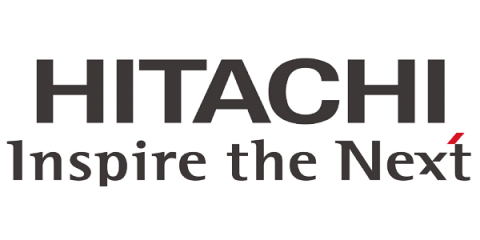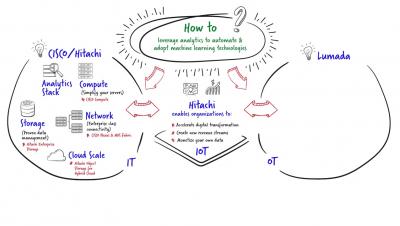Building the Future of Brick-and-Mortar One Autonomous Shop at a Time
The pandemic has been unkind to many retailers, with customer expectations shifting seemingly overnight. During the great recession of 2008–2009, e-commerce grew, and brick-and-mortar retail declined. As the economic recovery took hold, that trend continued while off-price, discount, and emerging players succeeded by appealing to new consumer demands. For example, in January 2020, fast-paced home delivery was perceived as a unique selling point offered only by select stores.



